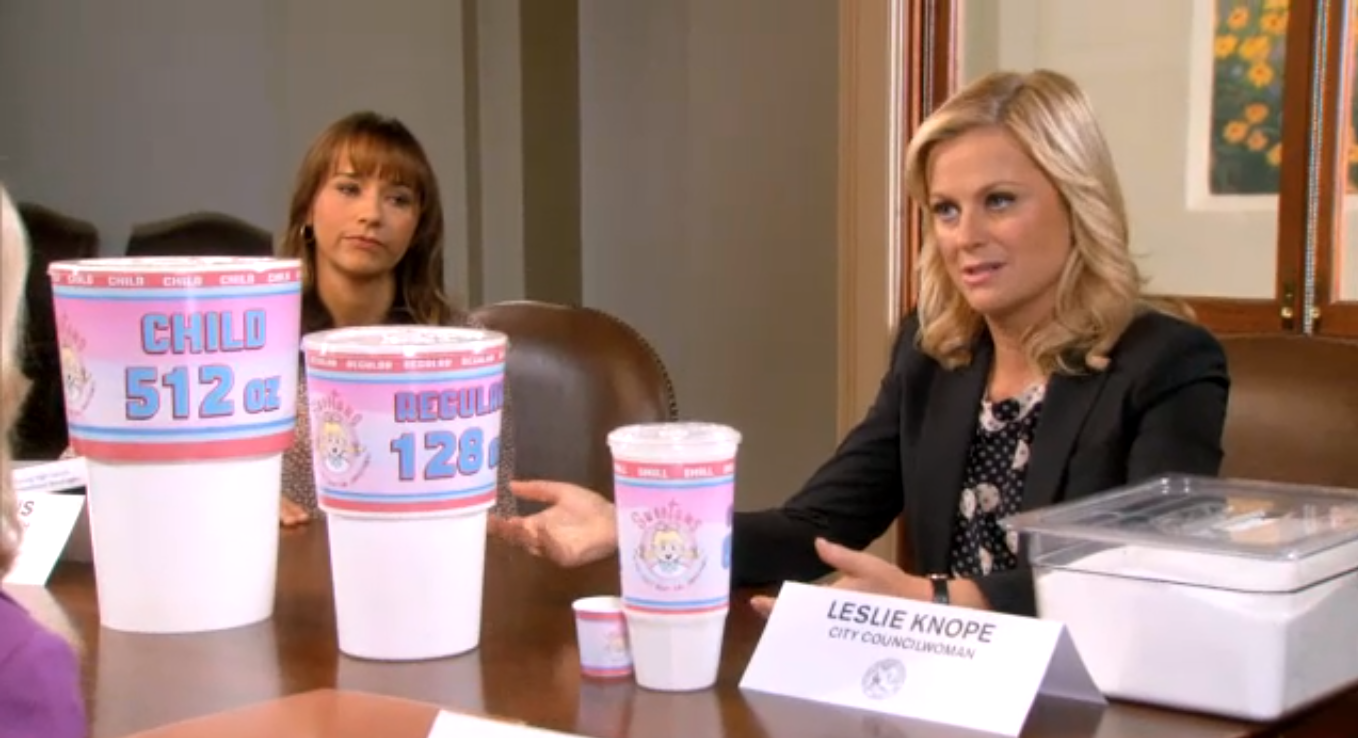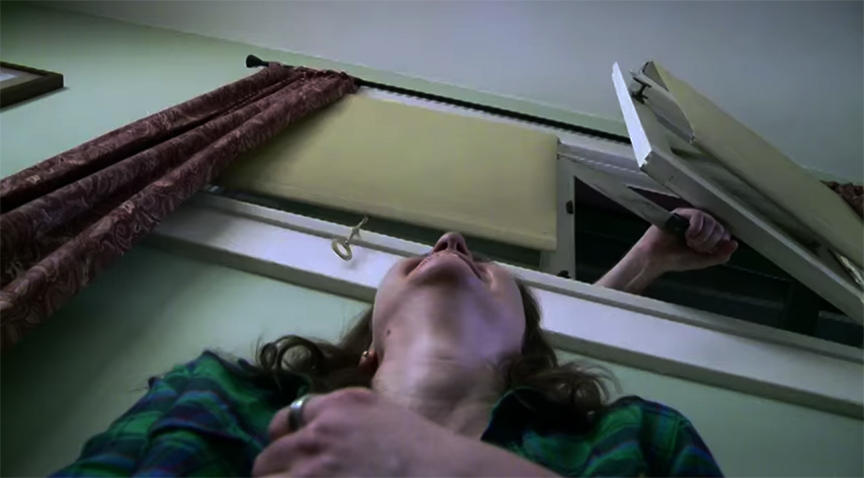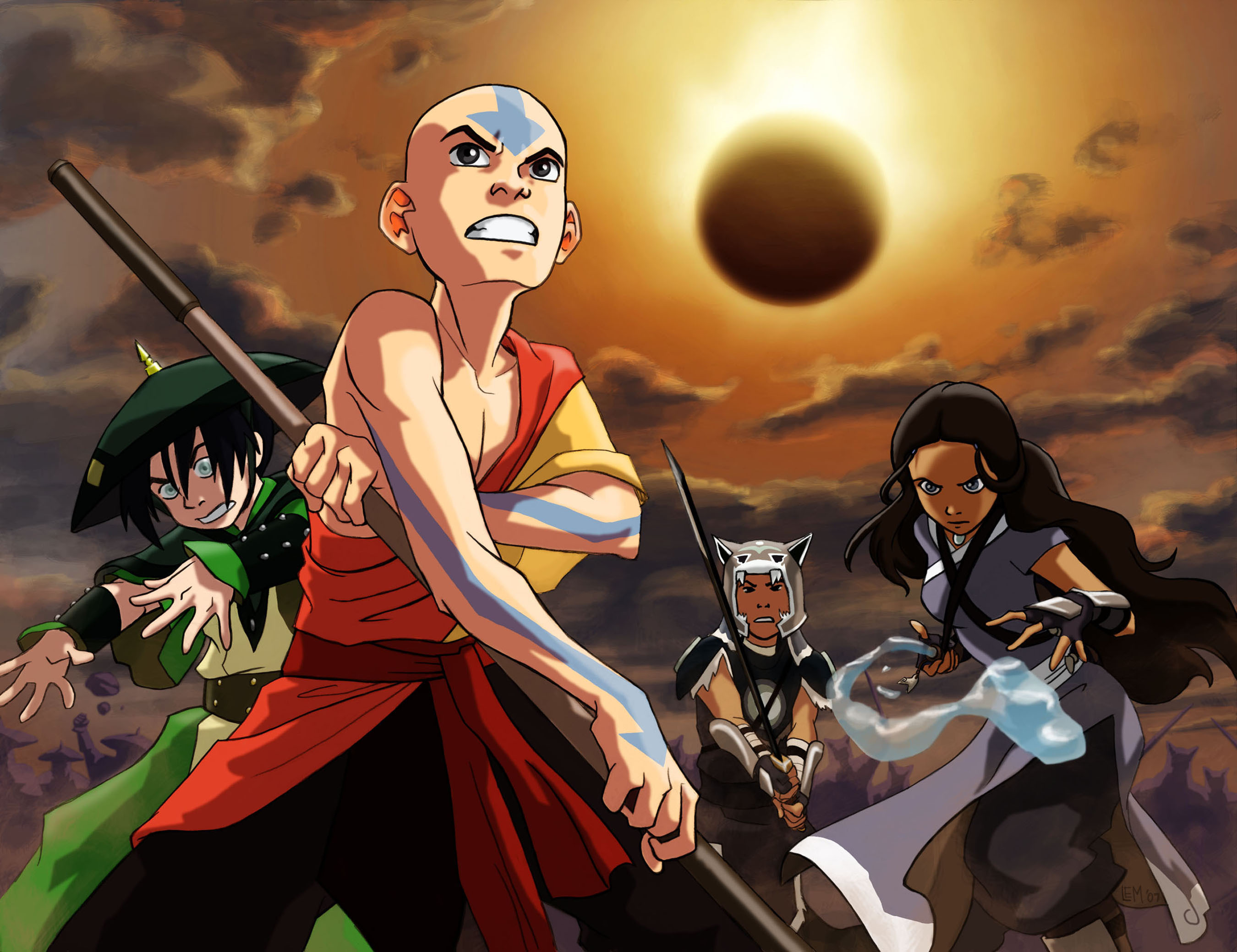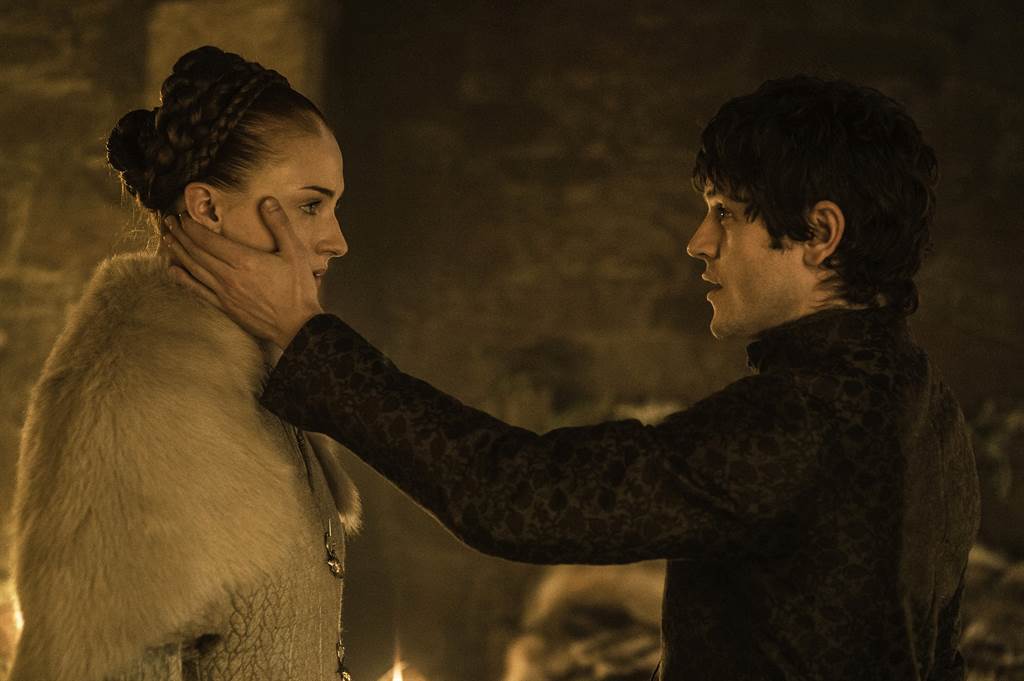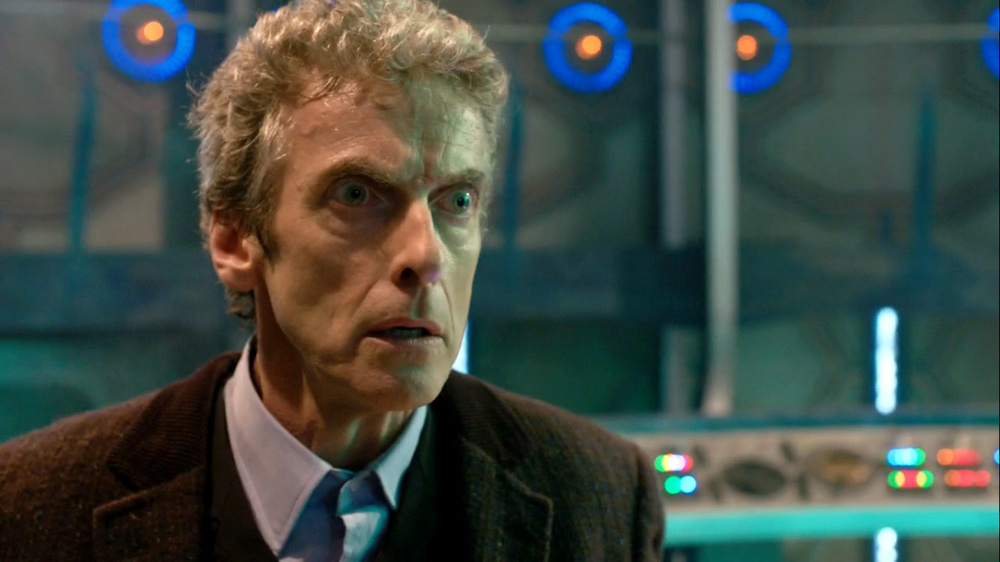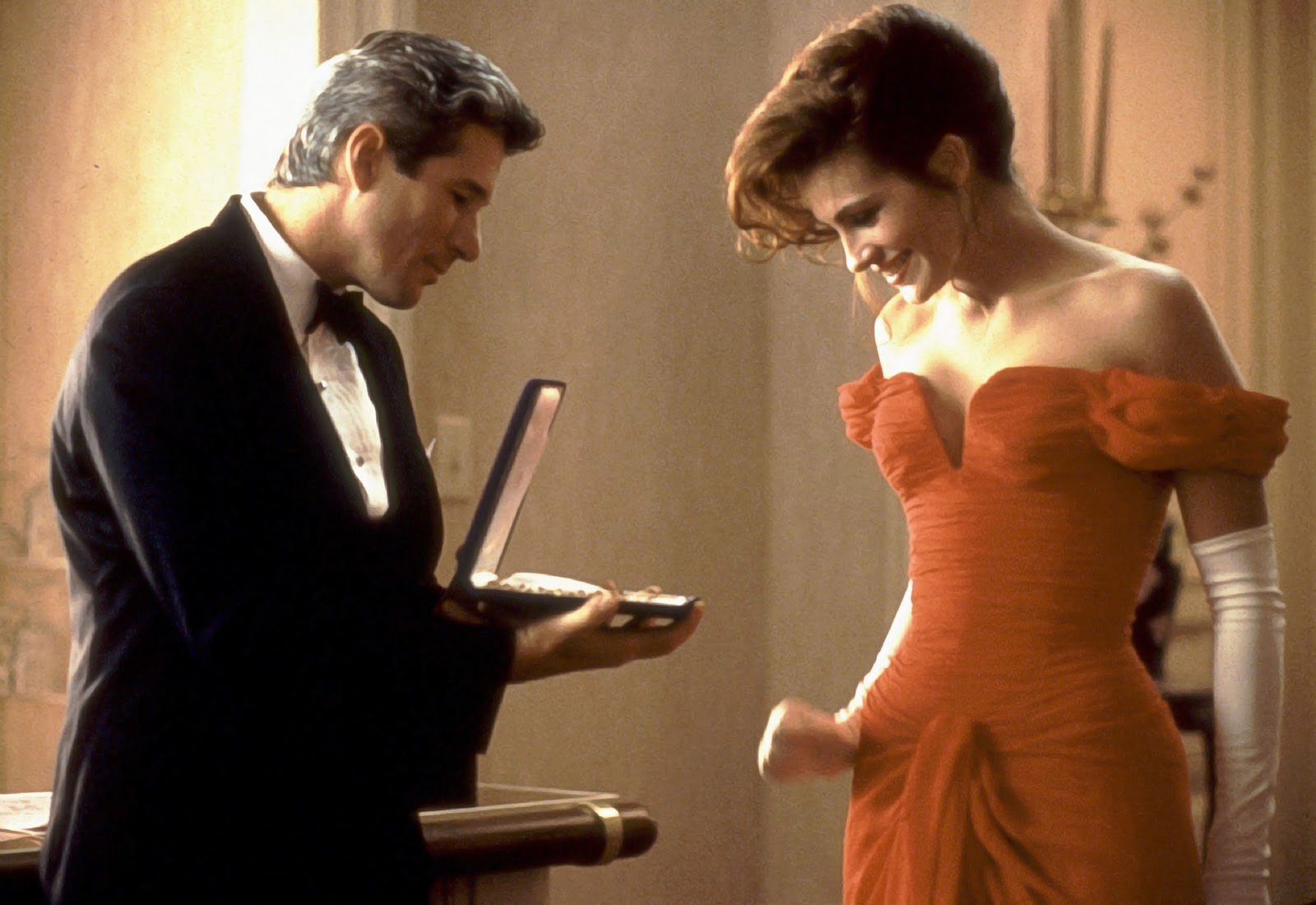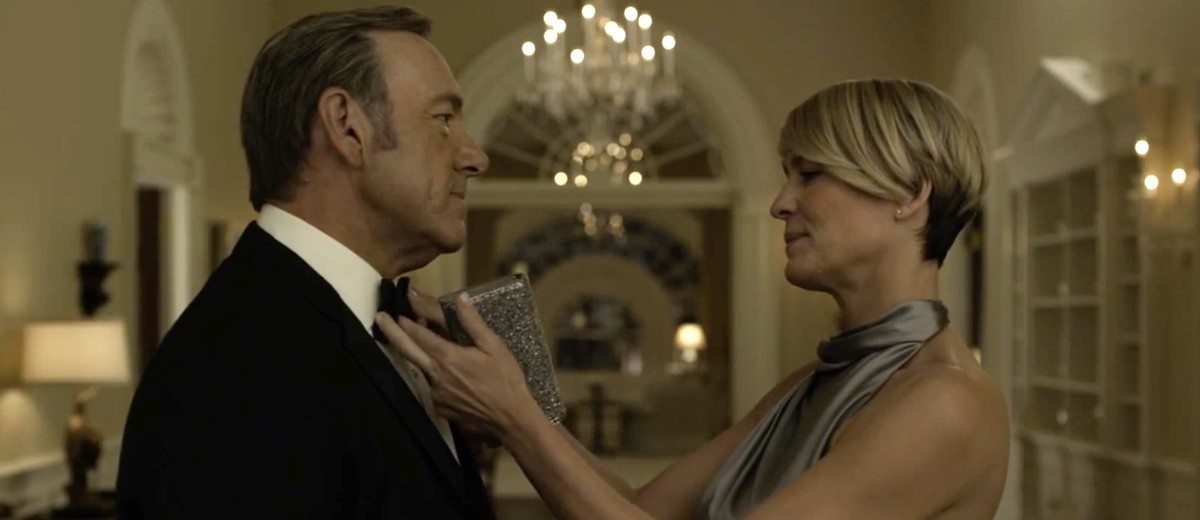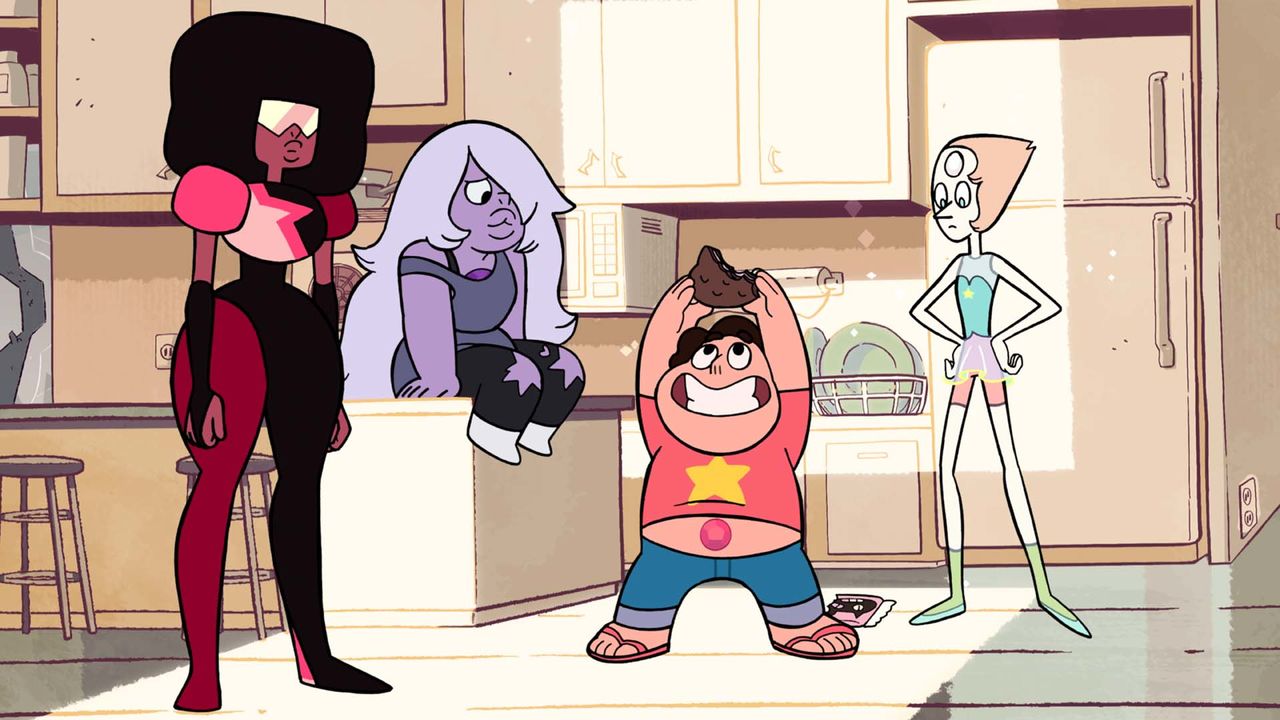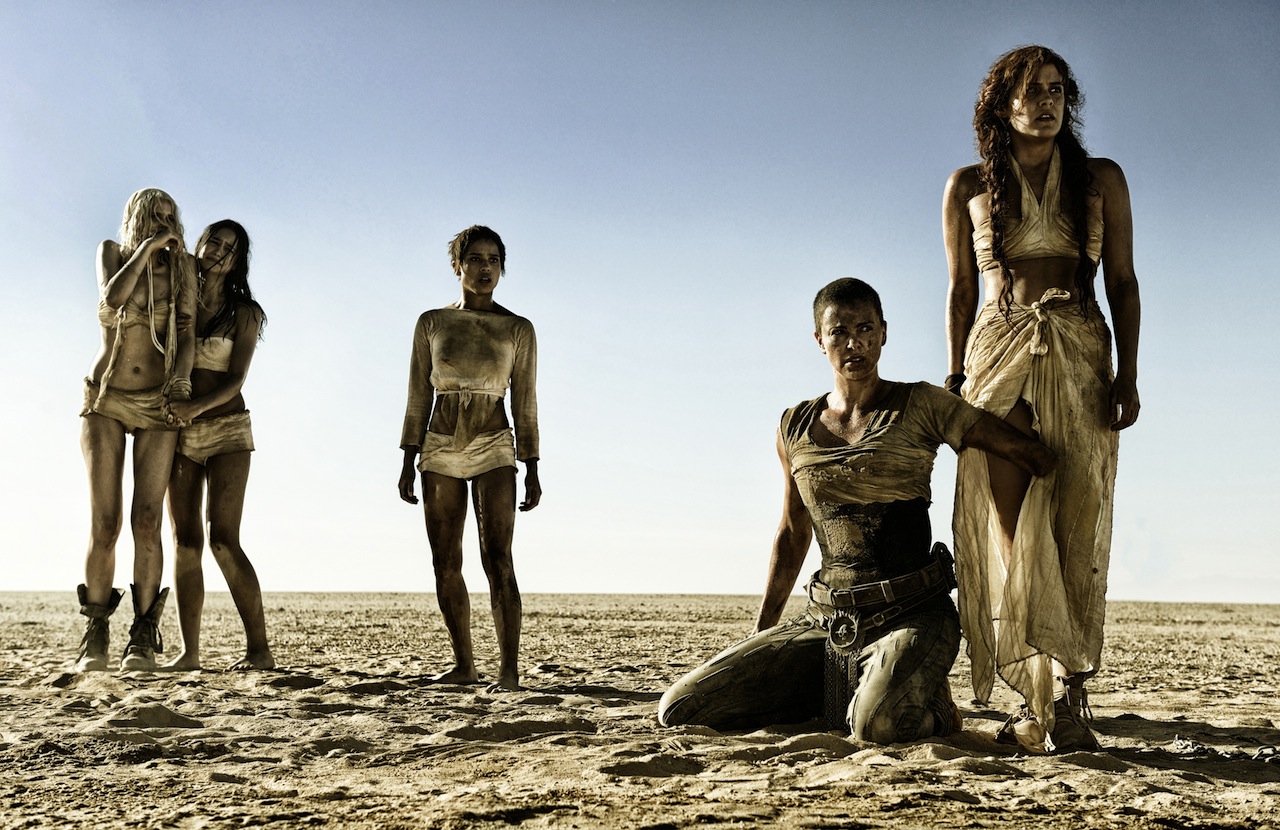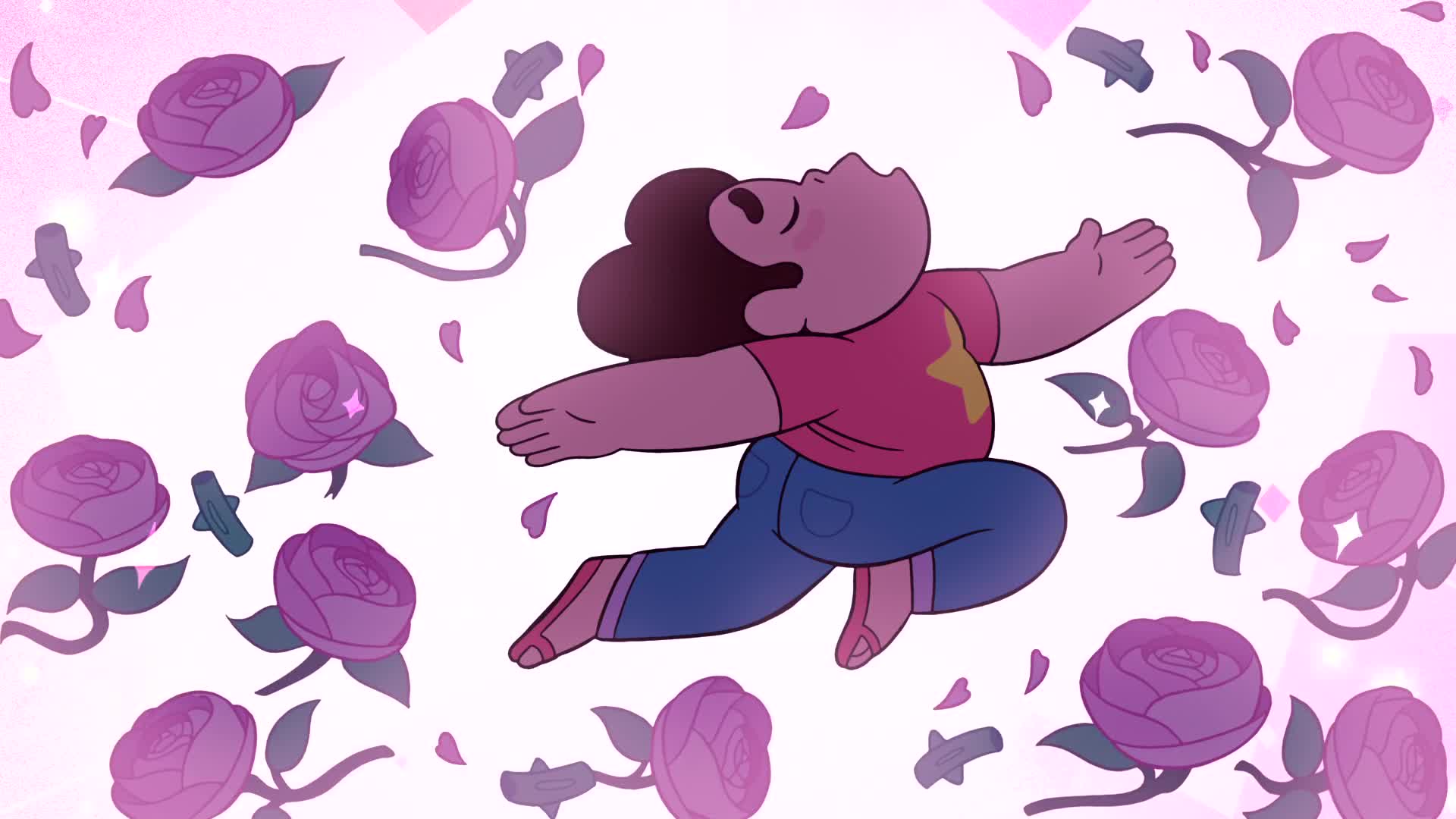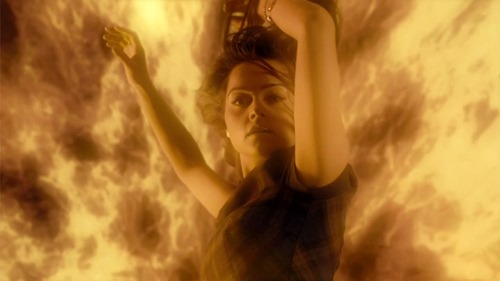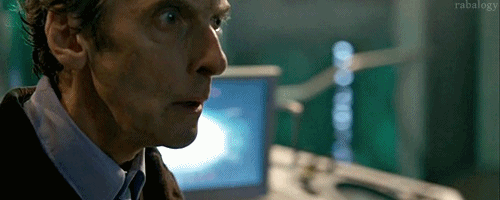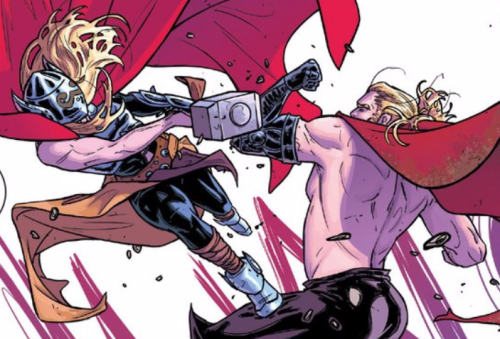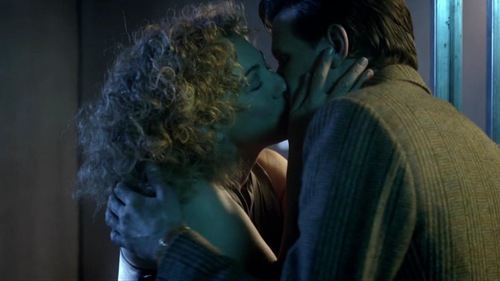Bitch Flicks is back from our holiday break! To kick off the new year, we thought we would share our top 10 posts of 2015, comprised of articles written in 2015. Covering a range of films (Mad Max: Fury Road, Pretty Woman, Mockingbird) and television (Game of Thrones, Doctor Who, Steven Universe, House of Cards, Avatar: The Last Airbender, Parks and Recreation), these articles analyze and discuss themes including gender, rape tropes, fat phobia, fat positivity, masculinity, feminism and breast milk, women and leadership, and fandom and the female gaze.
Counting down from 10 to 1, here are the 10 most-read posts in 2015 that were written in 2015.
10. ‘Parks and Recreation’: How Fatphobia Is Invisible by Ali Thompson
“I don’t think it would be quite the same barrel of laughs if the motto of Pawnee were ‘First in Friendship, Fourth in Poverty.’ Fat shaming and fat jokes like the People of Walmart photos are often a socially acceptable stand-in for the classist shaming of poor people. Poor people are more likely to be fat, after all. We get paid less and we’re more likely to be fired. Oh, the comedy!”
9. ‘Mockingbird’: A Unique Approach to Horror, But a Trite Approach to Gender by Mychael Blinde
“For filmmakers, the easiest way to make an audience like a character despite the fact that he’s a lazy failure of a human being is to steep that character in privilege. We’re always expected to root for young straight white cis men, whether their laziness makes them waste away their lives, or their ambition makes them endanger their entire family.”
8. How ‘Avatar: The Last Airbender’ Demonstrates a More Inclusive Masculinity by Aaron Radney
“As a coming of age story I felt the young men in the show – Aang, Sokka, and Zuko – all demonstrated the struggle young men face journeying into manhood with Uncle Iroh providing a vision of what the end of that road might look like. All of them, even those that have more traditional male expressions than the others, end up rejecting more toxic expressions of masculinity.”
7. I’m Sick to Death of Talking About Rape Tropes in Fiction by Cate Young
“Aside from being lazy, careless depictions like this are dangerous. They desensitize people to an issue that is still very pressing. It’s not that rape shouldn’t exist in fiction, but they must be framed responsibly. Fictional female characters are forever being raped as retribution against the ills of the men they’re connected to, or as punishment for not being submissive to the men around them. And this happens time and time again across genres and media. So while the denotative reading of these acts might be that ‘evil men rape’ the connotative interpretation over time becomes ‘rape is a valid punishment for women.'”
6. The Capaldi Conundrum: How We Attack the Female Gaze by Alyssa Franke
“In any fandom based on visual media, fangirls are attacked because of the way the female gaze is misunderstood and misrepresented. The female gaze is often assumed to be singularly focused on male objectification, to the exclusion of anything else. As a result, women are assumed to either be sexual beings who are present solely to gaze at male bodies, or intellectual beings capable of understanding and appreciating media. Unlike men, we are not allowed to be both at the same time.”
5. Why ‘Pretty Woman’ Should Be Considered a Feminist Classic by Brigit McCone
“Whether we believe Vivian’s ‘white knight’ fantasy is cheesy is beside the point; a film in which a woman explicitly negotiates the terms she wants for her relationship, and displays willingness to pursue her goals independently if those terms aren’t met, cannot be considered patriarchal.”
4. ‘House of Cards’ Season 3: There’s Only One Seat in the Oval Office by Leigh Kolb
“All of the characters are complex and none is simply good or evil–the show has always been excellent that way, and that writing certainly lends itself to being decidedly feminist, as I’ve argued for the last two seasons. … [Claire] says, ‘I’ve been in the passenger seat for decades. It’s time for me to get behind the wheel.'”
3. The Revolutionary Fatness of ‘Steven Universe’ by Deborah Pless
“It does my heart a lot of good to watch this show and imagine a world where no one gives two craps about my weight. But I can only dream of how much this must mean to the little kids watching it. I mean, bear in mind, this is a children’s show. It is meant to be consumed by children. And those children will be watching the wacky adventures, thinking to themselves, ‘These heroes look like me. That means I could be a hero too!'”
2. Sweet Nectar of the Matriarchy: Breastmilk in ‘Mad Max: Fury Road’ by Colleen Martell
“Furiosa, the ‘Wives,’ the Vulvalini, and Max’s triumphant return to the Citadel finds the once chained-to-their-pumps milk mothers now opening the floodgates and pouring water down on the people below. It seems likely that our sheroes and the milk mothers will move forward on the ‘plentitude model’ – bathing in an abundance of sweet, thick human milk, sharing water access, and growing green things from heirloom seeds – rather than continue in the scarcity model exemplified by Immortan Joe, with the milk mothers as capitalists profiting from their own production.”
1. Strong in the Real Way: ‘Steven Universe’ and the Shape of Masculinity to Come by Ashley Gallagher
“Steven, the title character, isn’t the troublemaking, reckless, pain-in-the-butt Boy-with-a-capital-B I feared I’d have to watch around to get to the powerful women and loving queer folk I really wanted to see. He’s unreserved, adventurous, and confident – all good traits that are fairly typical for boy leads in kids’ shows – but he is also affectionate, selfless, very prone to crying, and just plain effin’ adorable.”

